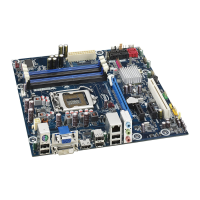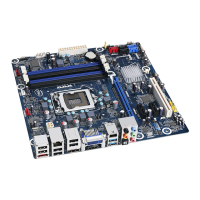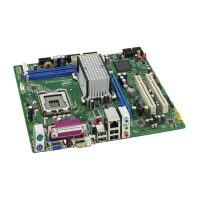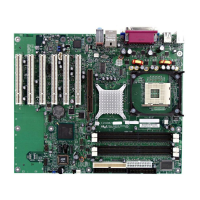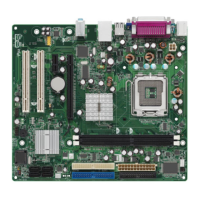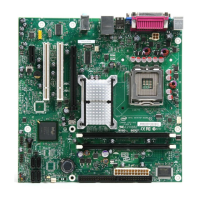Introduction
10 Thin Mini-ITX Based PC System Design Guide
Table 1-1. Common AIO Features in Thin Mini-ITX Based AIO PCs
Detailed Description – Guide assumption
18.5” or larger, 16:9, thin, low
power flat panel
LED backlight, goal < 15mm thickness, LVDS
Thin Mini-ITX Motherboard
Motherboard compliant to the Thin Mini-ITX spec standards
in the Mini-ITX Addendum Version 2.0 To the microATX
Motherboard Interface Specification Version 1.2
4 Ohm speakers capable of supporting 3W
Thin profile 5.25” ODD, SATA
3.5 or 2.5” SATA, SSD or HDD
Enclosure may support one or two HDD or SSD
Assume USB Bluetooth module – with antenna on module
or support for discrete antenna
Options that may be designed in to the chassis include
USB, microphone, headphone ports, and SD card reader.
No specific configurations are defined in this guide.
On/off, Power on/off LED, Screen brightness switch
System may be supported by the main Thin Mini-ITX motherboard, daughter boards,
and discrete devices.
Daughter boards would be required to support walkup I/O, backlight inverter/driver,
and front panel interface.
Discrete devices with direct cable attach could include the flat panel, HDD, ODD,
camera, touchscreen, IR receiver, IR emitter, right/left speakers, digital microphone,
CPU fan, and system fans.
1.2.2 Tiny PCs
The Mini-ITX form factor enabled chassis down to the 4 – 8 liter range. Standard
chassis built around Thin Mini-ITX motherboards may shrink to below 4 liters, creating
a “Tiny PC” category. Tiny PCs include slimmer designs that make especially good use
of the lower height inherent to Thin Mini-ITX motherboards. Figure 1-2 shows a
comparison between current mini-ITX vs. Thin Mini-ITX motherboard thickness
characteristics.

